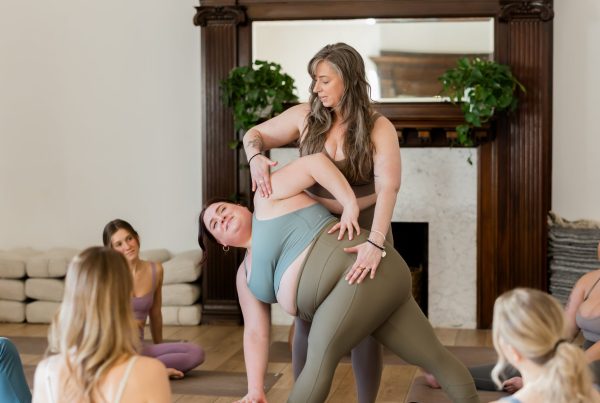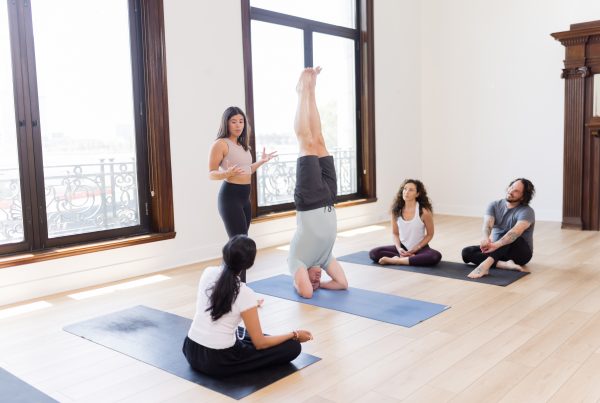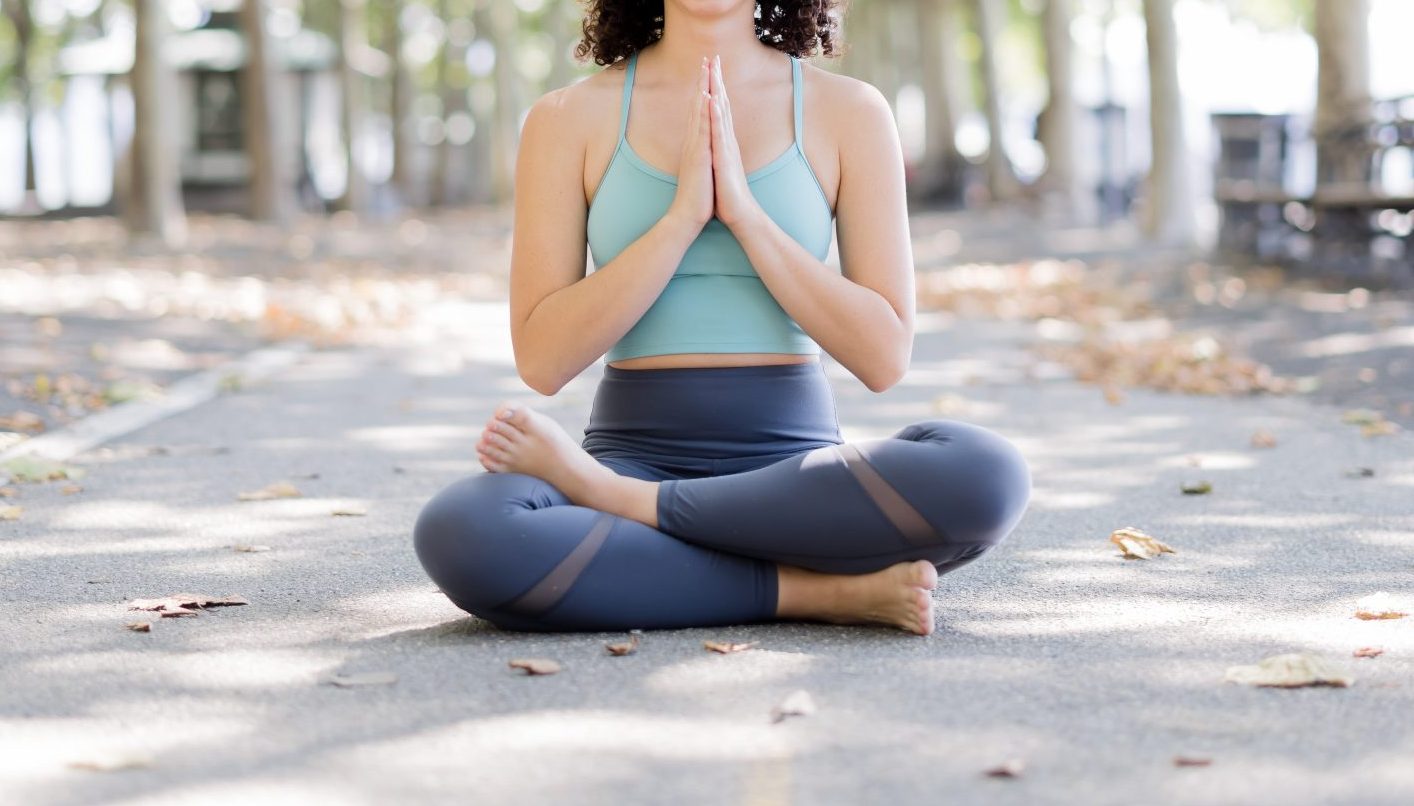
You may have taken a yoga class where your teacher asked you to create a certain shape with your fingers and your hands. You may have also been told to focus on a body part, a chakra, or an intention while holding your hands in that same shape. Did you fully understand what you were being asked to do… or did you just kind of do what your teacher told you to do so you could get into the asana portion of your yoga class?
Whether you’ve just gone through the motions with practicing mudras or you’ve actually been interested in them and have an understanding of them, we wanted to offer you a guide to clear up any confusion and answer any questions!
Mudras are a great way to:
- Increase energy flow
- Seal in intentions
- Keep your mind focused while practicing yoga asana, pranayama, or meditation
The practice is so subtle
As you continue to practice yoga, you will find that it actually gets more and more subtle. A more advanced yoga practitioner is aware of the subtle body, the energy around them, and also how important their hands are to their practice.
The hands are the way you serve yourself and the way you constantly take care of yourself. When you’re hungry, you use your hands to make yourself food. When you’re cold, you use your hands to put on more clothing. Your hands are also the way you share information, give, and receive.
Table of Contents:
What are mudras?
The Sanskrit word mudra can be translated as: seal or gesture. However, translating Sanskrit is always a little tricky. It’s difficult to take a Sanskrit word and say it only means one thing in another language. When trying to understand Sanskrit, it’s best to think about the qualities of the word as opposed to direct translations. Some qualities of mudra may be things like: a promise, a way to activate, or even to set a mood. Mudras are typically created with the hands and the fingers and may be held during meditation, pranayama, in a yoga pose, or even while chanting a mantra.
When to incorporate mudras
Teachers and practitioners will instruct and use mudras to set a tone for their practice, to seal in a promise, to activate certain energetic channels in the body, or to deepen whatever their intention is at the time. Mudras may increase energy, concentration, or relaxation. They can also help connect the subtle body to the gross body and provide deeper focus to whatever you’re practicing.
Mudras are a simple way to connect to something that’s much deeper within you and also to things you or your students may not fully understand yet (like your energy channels and how they’re either blocked, in excess, or deficient). They’re an accessible way to access deeper connection to your body, mind, and heart.
What’s so important about the hands and fingers?
Throughout history, there has always been a focus on studying a person’s hands. When you look at someone’s hands you can sometimes tell what they do for a living or what they do for fun/leisure. You can sometimes tell where they’ve been or what they’re about to do just from looking at their palms, nails, and fingers.
In Ayurveda, (the sister science of yoga), each finger actually represents a certain element. Your thumb is connected to fire, your forefinger to wind, your middle finger to ether, your ring finger to earth, and your pinky finger to water. We are all made up of the elements and everything around us is made up of the elements as well. You move through this lifetime interacting with the elements in a unique way, so this awareness of your fingers and hands being a center for the elements is such a powerful and beautiful concept.
Mudras & meditation
Mudras are such a great addition to your meditation practice because so many of us often need an extra focal point during meditation. It’s often been said that the nature of the mind is to move towards distractions, so it’s inevitable that you may end up distracted during the practice. And by “nature” I mean that it’s something that cannot be changed. For example, the nature of water is wet and the nature of sugar is sweet. If you take the wetness out of water, it’s not water anymore. If you take the sweetness out of sugar, it’s not sugar anymore. If your mind isn’t taken over by distractions, it’s probably not a human mind… see where I’m going with this?
If you’ve ever sat to meditate and gotten very distracted by cars passing by, the phone vibrating, or the dust on your floor, you’re not alone at all. Mudras can help give your mind something to actually focus on. In the Yoga Sutras of Patanjali, the practices of concentration and meditation are introduced and concentration is a key step to master (or at least understand) before jumping into meditation. If you’d like to use a mudra for your meditation practice, try practicing the mudra first and then coming into your meditation.
How can I incorporate mudras in yoga classes?
Using one or more mudras in your yoga classes can be both helpful and also a lot of fun!
Have you ever had a day where you just couldn’t find your balance or where you just kept confusing your right side and your left side? Have you ever tried to come into a pose like half moon or tree and, in an attempt to hold the pose, you started creating fists or tense claw shapes with your hands without even realizing it? Your hands can mirror tension or struggles that are happening within the body and mind. If you have a focus, like a mudra, you will find that a lot of that energy can circle back into your body and be used to help find focus and balance. ☯
Who do I teach mudras to?
Anyone can practice mudras! They are a fun way to get kids interested in yoga and concentration and also a very powerful way to give an energetic focus to someone who may be healing or who may be struggling.
Mudras are especially helpful for people who can’t practice a full yoga asana practice but still want to incorporate the teachings into their lives. It’s important to remember that mudras are a practice in itself and should be respected and treated as such.
Do I need a certain training?
You don’t need a specific certification to teach mudras. The best way to understand mudras is to practice them. You can certainly research mudras on the internet or find certain books that stand out to you, but it’s often better to have a lot of knowledge about one or two mudras instead of having a little bit of knowledge about a lot of them. When you can understand why you’re practicing a mudra, it becomes much more transformational and much more powerful to practice and to teach. Just like everything else in your yoga practice, the practice of them itself is important.
What are the most commonly used mudras?
Shuni Mudra
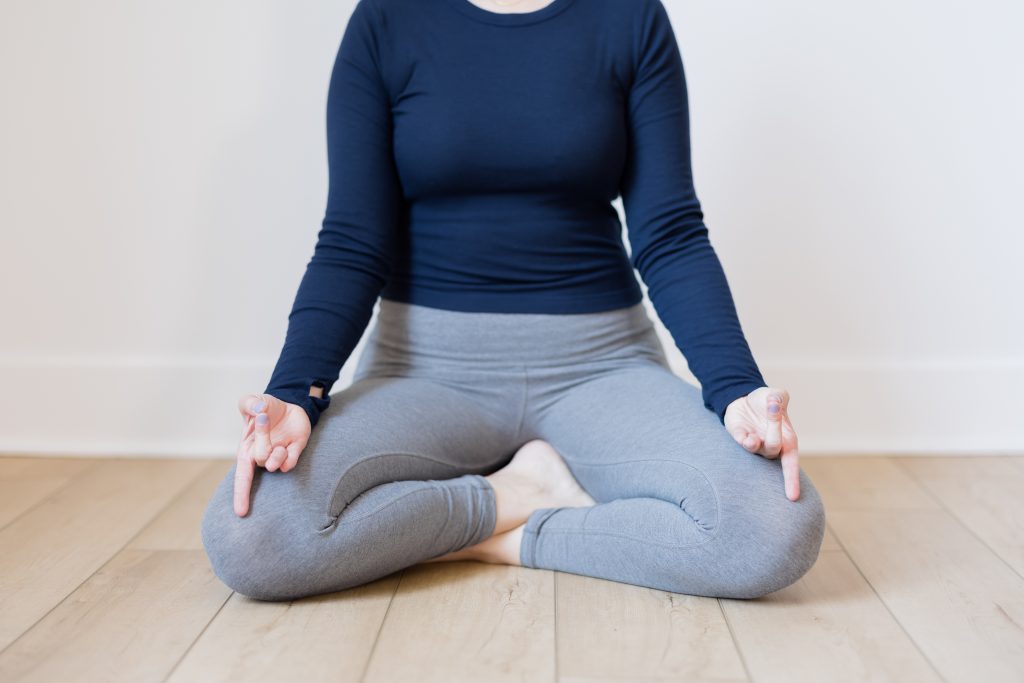
- Shuni mudra is commonly used because it signifies stability and discipline. Oftentimes, we may find it difficult to bring ourselves to our practice, but when we do, we are full of gratitude — thanking ourselves for showing up and for our bodies for simply being there for us.
- This mudra also represents our patience to fully immerses ourselves in our practice and showing up in the world. Being patient with ourselves is to be kind to ourselves and being patient with others shows compassion.
Anjali Mudra
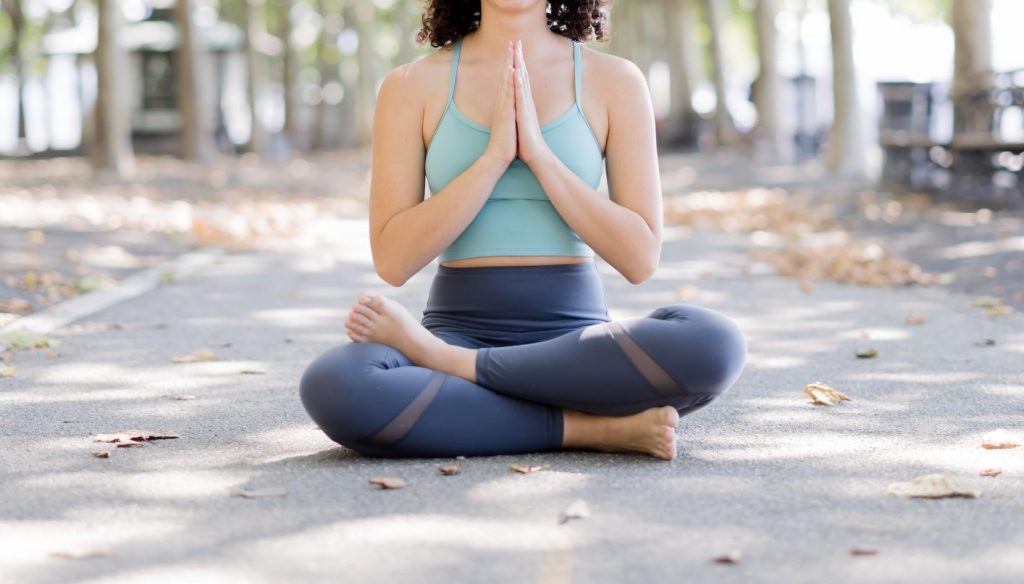
- One very accessible mudra is Anjali mudra. You may have heard this as “prayered hands” or even “palms together” in a yoga class. This mudra is powerful because it symbolizes how our hands that have served us for all our life are now being put into a mudra as a gesture to serve and help and support others.
- It’s a gesture of how everything that we acknowledge as true and honest and all-loving in ourselves, recognizes these things in others and honors them.
- It’s also meaningful because if you take a look at your hands in this mudra, not much can get in or out. Whatever is in there is sealed in. This could be a promise, an intention, or anything that you want to take with you or give away.
Dhyana Mudra
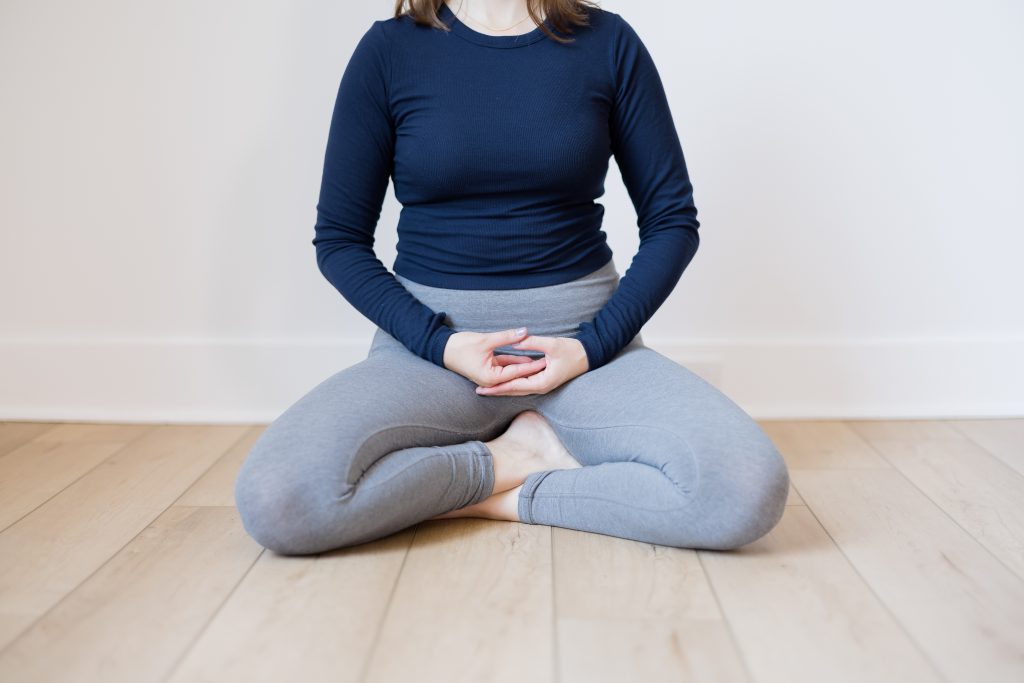
- This mudra is widely used in a seated posture, sealing in your intentions for your practice.
- Dhyana mudra is popular because it draws the true essence of why we channel prana and access our energy’s life force. Rooted in total balance, Dhyana mudra lets us know we are able to reach deep forms of meditation.
- It is also a simpler gesture, the hands simply resting in one another to show gentleness and ease (freedom from suffering).
Will my students enjoy them?
Most students will really love mudras. A lot of us need a focus for our hands and most people appreciate this focus on how important and powerful gestures, intentions, and promises are. If you’re teaching them, it may be helpful to start with just one per class. Sometimes, incorporating too many into a class can be really overwhelming and your students can lose focus. Overall, mudras are a very special part of the yoga practice and also something that can be practiced almost immediately, from anywhere!






